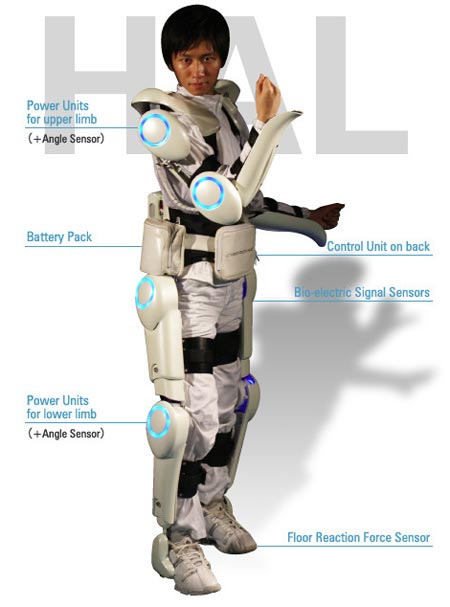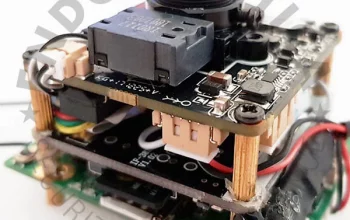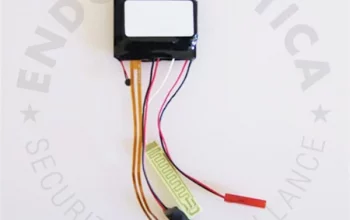In science fiction movies, it is common to see warriors from the future who, wearing an exoskeleton which makes them look more like robots than like human beings, engage in battles against monsters from outer space, and science fiction literature has plenty of such examples, while Hollywood brings us movies such as The Transformers.
Nowadays, usage of exoskeletons, otherwise called robot suits, has indeed become relatively widespread, but the field of application for such biotechnologies is certainly not in fighting alien invaders from some remote corner of space, but rather, for example, providing support for disabled or elders.
In fact, these advanced systems are designed to assist persons with disabilities, both during a rehabilitation program and, for example, to improve their motion capabilities thanks to tools like robot legs. Of course, this is but one of the possible fields in which robot suits or legs can prove useful, but this kind of technology can provide valuable support in a wide array of cases, ranging from mountain rescue on terrains that cars or ambulances would not be able to negotiate, to rescue of people trapped inside a burning building, or just for transporting heavy or bulky materials.
Obviously, it is just natural that such a potential could be interesting also for armed forces; in fact, the US Ministry of Defense is engaged in financing projects for application of exoskeletons in the military field.
Technically speaking, a robot suit is a system which can multiply human strength thanks to its computer control. Thanks to this device, a soldier would be able to carry up to 100 kgs of material, without experiencing a loss in terms of agility and combat ability.
Such projects might see the light within just a few years, along with industrial or security applications. For example, in Japan, where aging of the population goes as fast as the pace of technological advancement, research is being focused on assistance to the elders for improvement of the quality of their life. Will we all become robot-grandfathers? Let’s wait and see…



